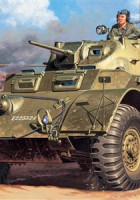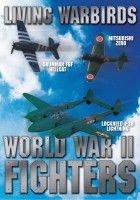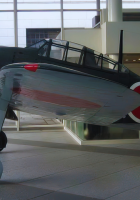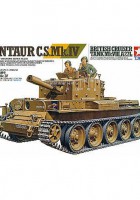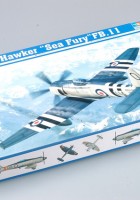
Osprey leidyba | |
|---|---|
| Série | Naujas Vanguard |
| Autorius | Stevenas J. Zaloga |
| Sujetas | Staghound Armored Car 1942–62 |
| Réf | 159 |
Pasirašyta knyga Osprey leidyba le livre «Staghound Armored Car 1942–62 – NEW VANGUARD 159» .
The Staghound was a unique World War II armored vehicle – designed and manufactured in the US, but intended solely for the British army. Since its combat debut in Italy in 1943 until the end of the war it had performed particularly valuable service in a reconnaissance role where its speed and armor ensured that it was able to extricate itself from trouble as required without additional support. This book examines the development of this category of armored cars and offers a detailed analysis of the extensive combat use of the Staghound in British service as well as in the service of other Allied countries including Canada, New Zealand and Poland.
Tęsti svarstymą
Views : 952
